Search Images
Browse Content (p. 1469)

Image
Division of the Second Triumvirate
A map showing the areas controlled by different members of Rome's Second Triumvirate of Lepidus (Brown), Octavian (Purple), and Mark Antony (Green) in the 1st century BCE. The light red areas indicate shared control.
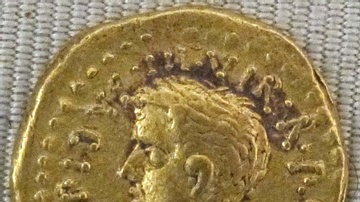
Image
Marcus Aemilius Lepidus
A 42 BCE gold aureus coin depicting Marcus Aemilius Lepidus, member of the Second Triumvirate alongside Mark Antony and Octavian (Augustus).
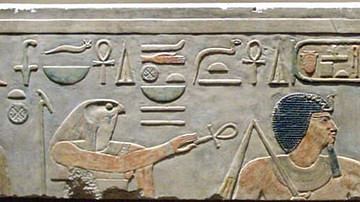
Image
Amenemhet I Tomb Relief
A relief from the tomb of Pharaoh Amenemhet I, El-Lisht, 12th Dynasty. (Metropolitan Museum of Art, New York)
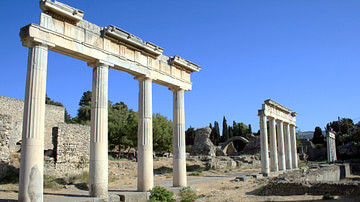
Image
The Hellenistic Gymnasium, Kos
The remaining columns of the Hellenistic period gymnasium, Kos.

Image
Temple of Apollo, Asclepeion, Kos
The Roman-built temple of Apollo in the Asclepeion sanctuary of Kos, 2nd century CE.
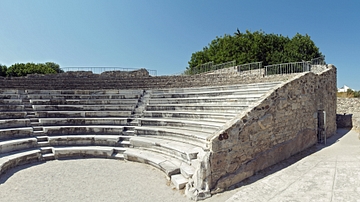
Image
Odeion of Kos
The restored Roman Odeion of Kos, 1st-2nd century CE.
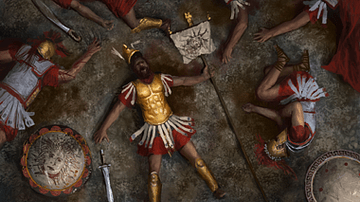
Image
Fallen Greek Hoplite
An artist's impression of what a fallen Greek hoplite may have looked like.
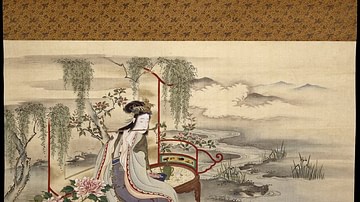
Image
Lady Yang
Chinese beauty Yang Guifei, consort of the Tang emperor Xuanzong (AD 685-762), playing the flute, seated alone on an elaborate Chinese-style throne, surrounded by flowering trees and peonies in open mountain landscape. Japanese painting from...
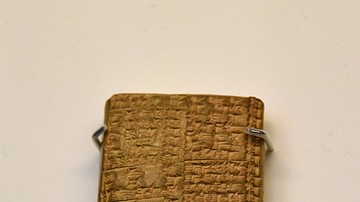
Image
List of Plants in the Garden of Marduk-apla-iddina
This tablet lists the plants in the garden of King Marduk-apla-iddina, the Biblical Merodach-Baladan, including onions, garlic, leeks, lettuce, cucumbers, and turnips, as well as mint, cress, thyme, and coriander. The plant called "slave...
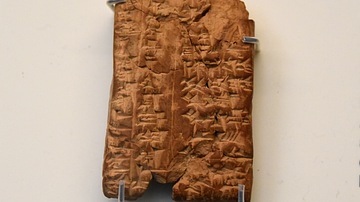
Image
Aramaic Alphabet written in Cuneiform Signs
This is a classroom experiment. As Babylon grew, the language spoken on its streets changed. This remarkable tablet captures interaction between the age-old cuneiform writing for Babylonian Akkadian and the alphabetic Aramaic that ultimately...